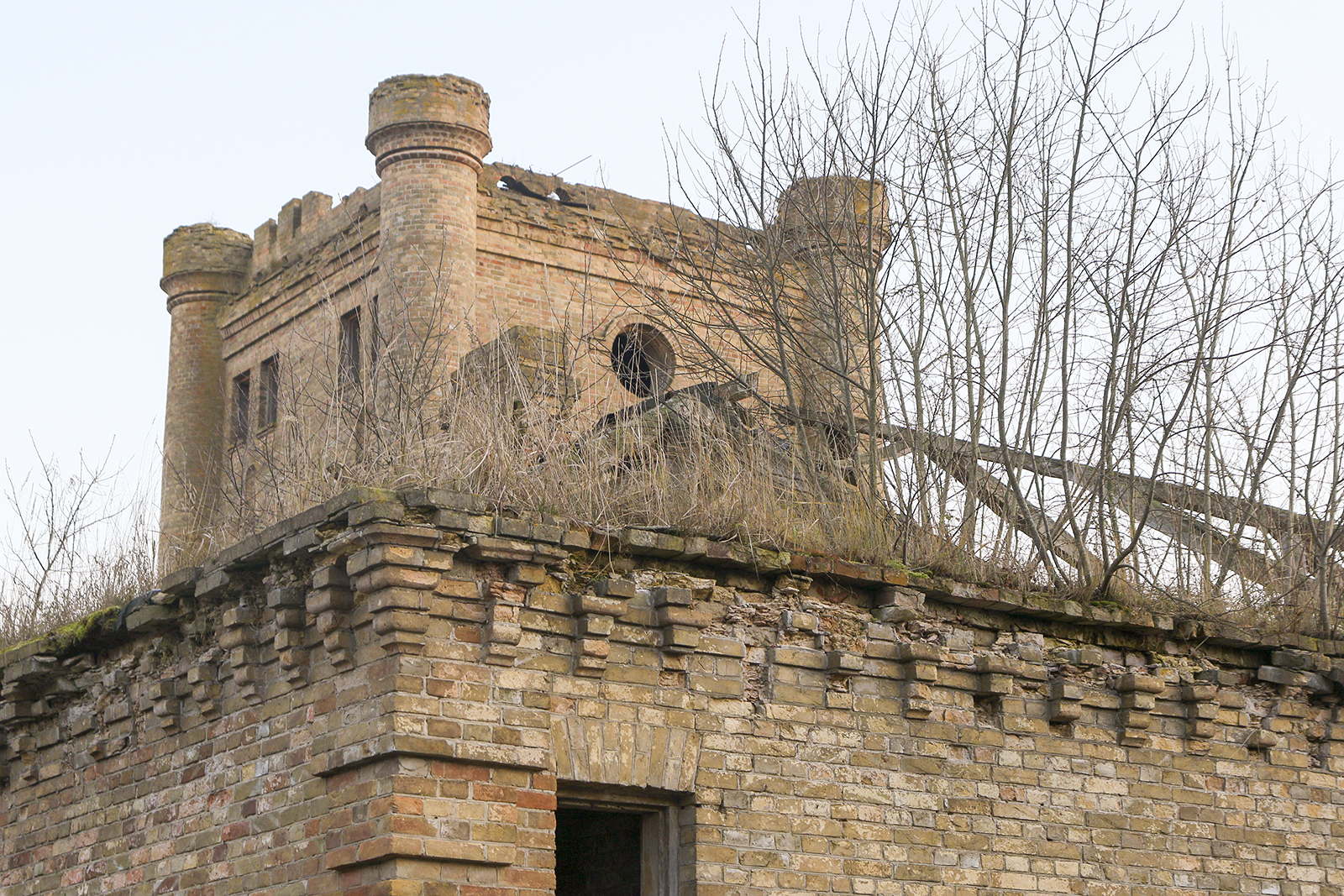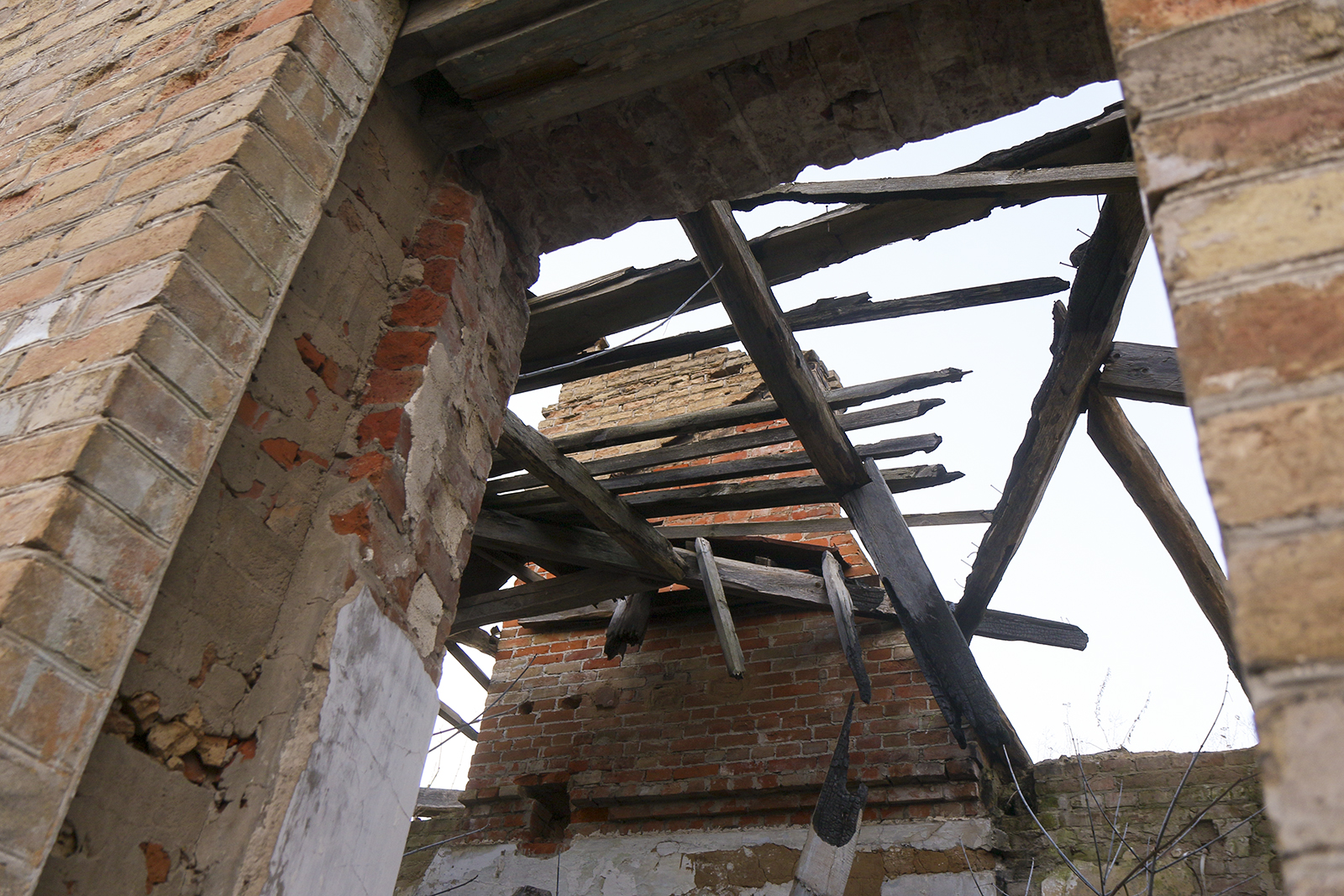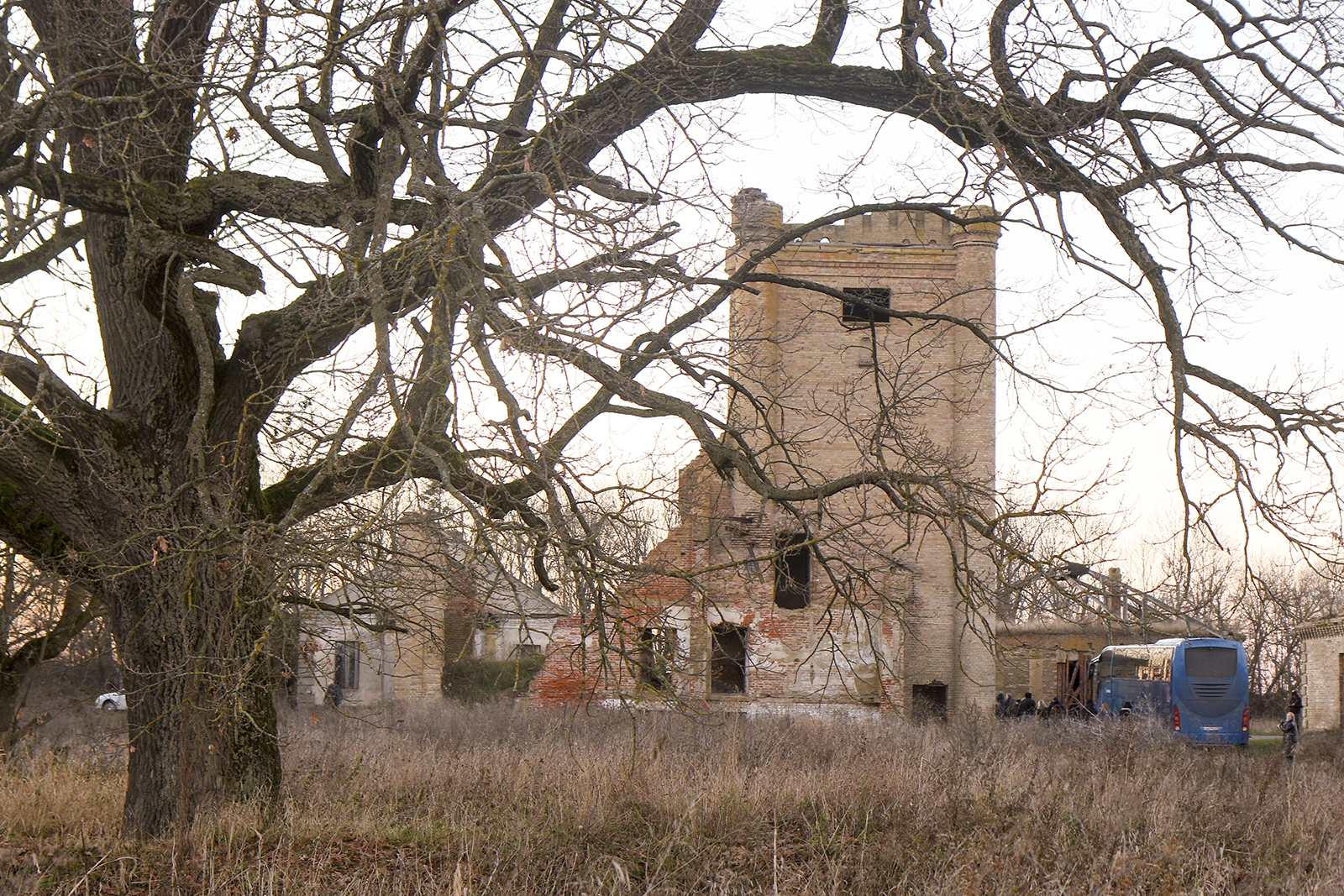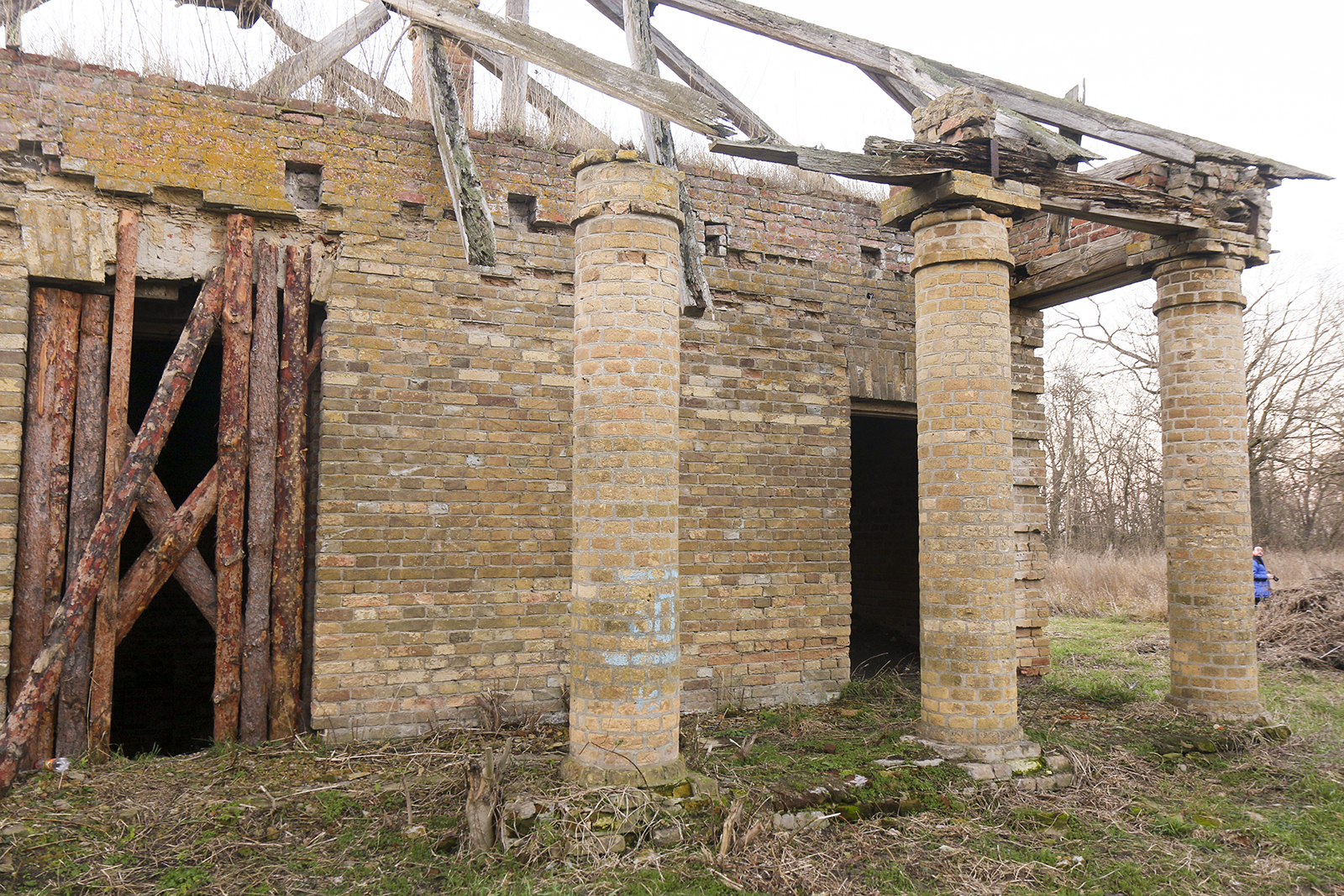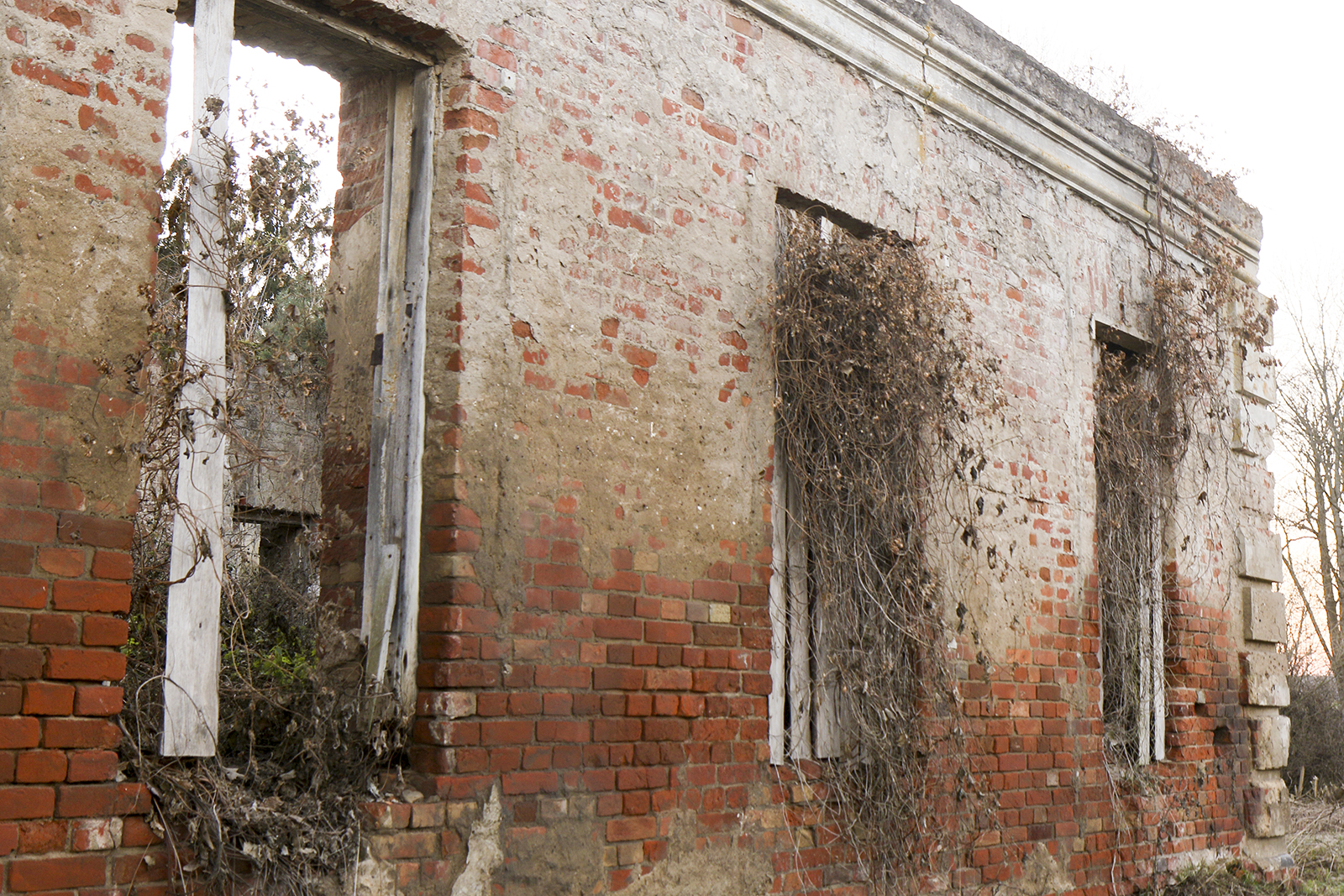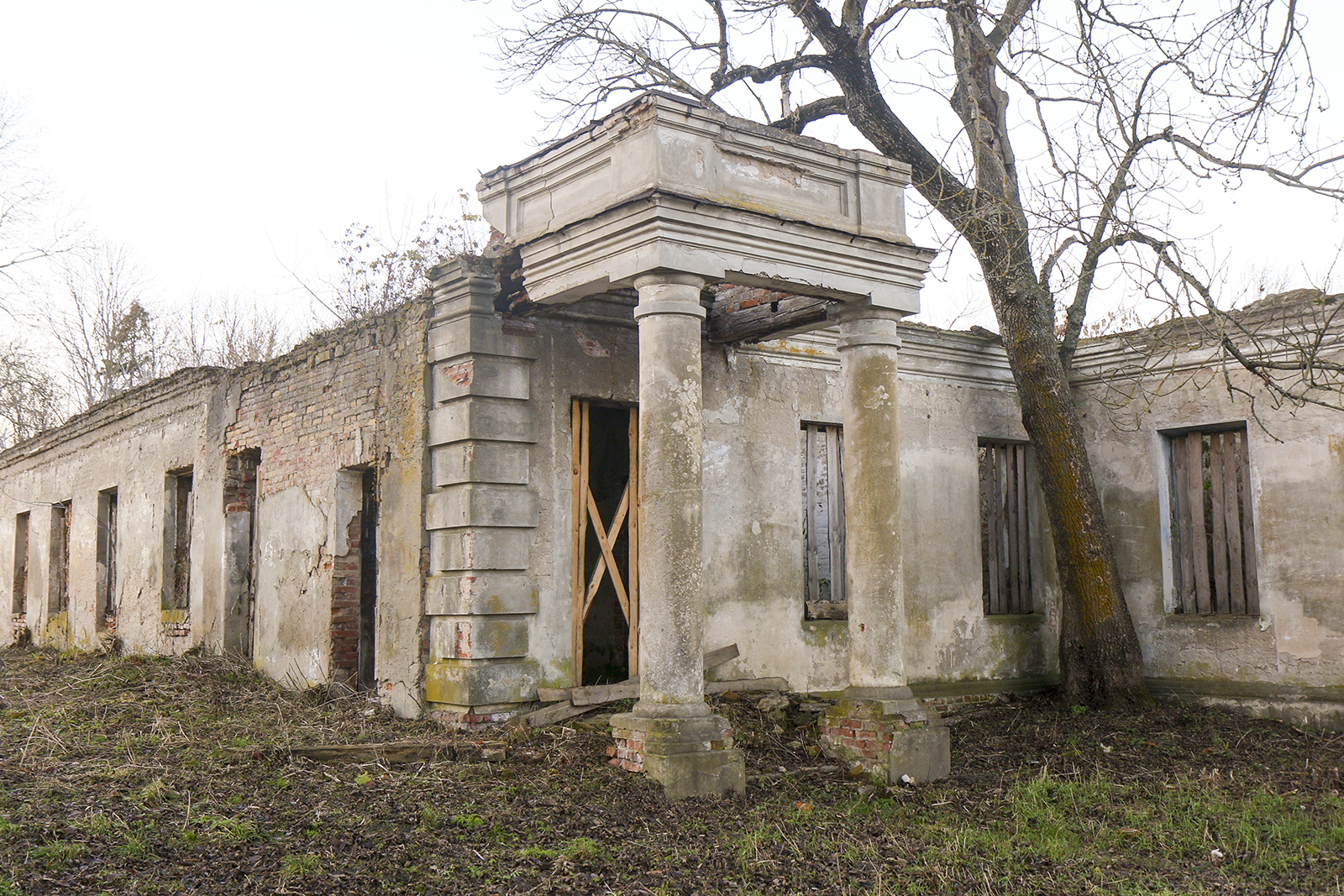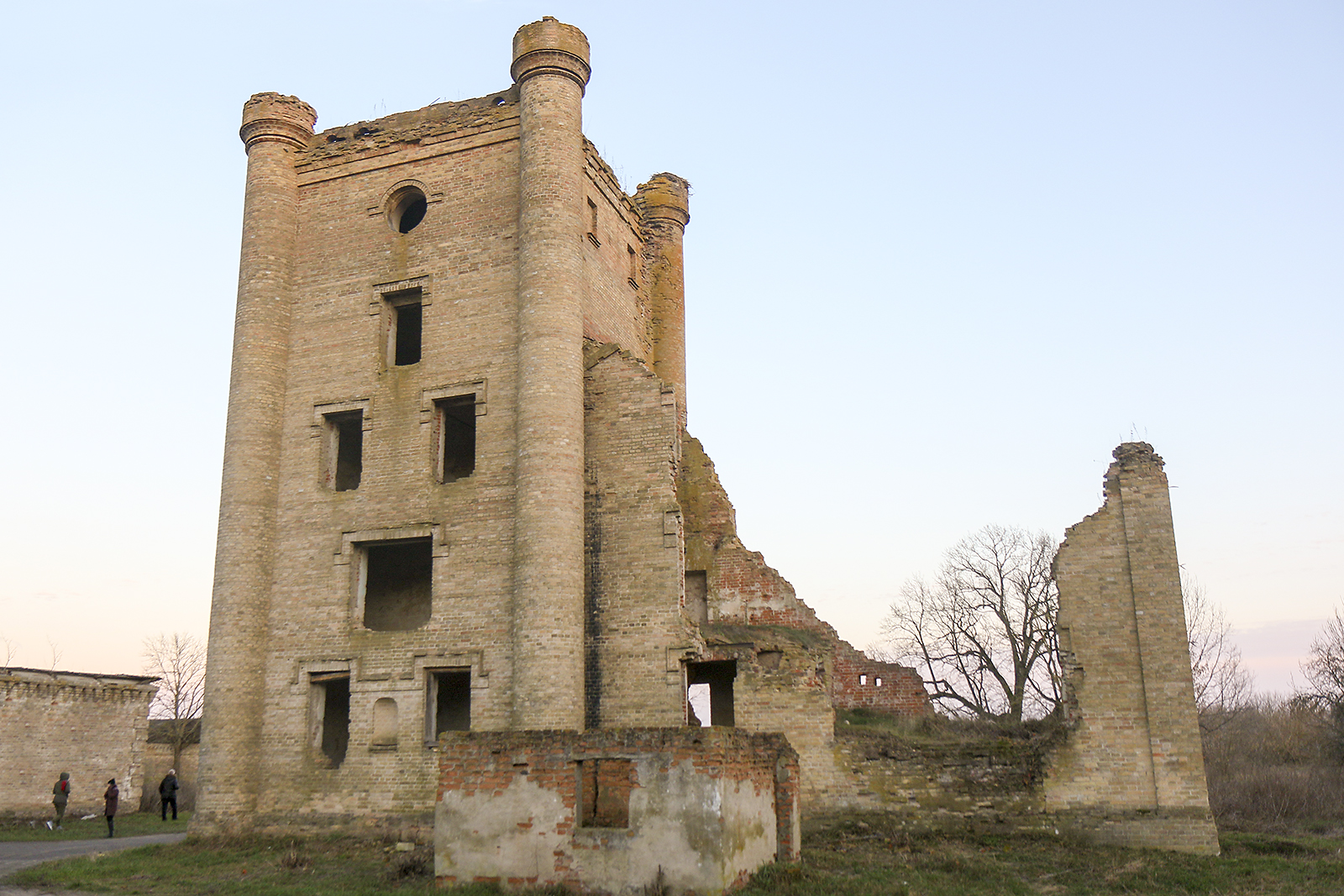Today, only a few buildings remain from the once-rich and prosperous estate, most of which are in ruins. The estate complex is listed among the historical and cultural values of Belarus, but this has not saved the landmark from decay. Current tourists have a unique opportunity to see this ancient estate before it finally turns into ruins.
What makes the Yastrzhembsky Estate interesting?
The architectural and historical complex, built in the Gothic Revival style, is situated on the bank of the Vits River and covers 40 hectares. The basis of the architectural ensemble is a regular layout that determines the location of residential and utility buildings. In the 19th century, the estate included the master's house, to which a picturesque lime tree avenue led, servants' quarters, utility buildings - a distillery, a stable, a dairy, a mill, a wing.
Now, at the entrance to the Yastrzhembsky estate, visitors are greeted by a brick fence. Behind it are partially preserved buildings:
- Three residential houses – their residential purpose is indicated by the remaining chimney pipes;
- Utility and service buildings;
- A water tower – the tallest and most preserved structure of the manor complex. Four round turrets, located at the corners of the brick building, give it the appearance of a medieval castle. In the middle of the 20th century, the tower housed a bakery, a cheese dairy, a cinema, and even residential apartments. You can't climb the tower, as the stair flights have been destroyed and dismantled.
During Soviet times, some buildings were actively used by local residents. The water tower was used to supply water to residential buildings and animal barns. The former manager's house was used as a kindergarten, which suffered a fire after it was closed. Some buildings were used as storage and collective farm premises. In one of the estate houses, which used to be intended for servants, people still live.
At the end of the century, a beautiful park was established next to the Yastrzhembsky estate, home to more than three hundred species of plants, including rare species of trees and shrubs. A significant part of the exotic plants died during the Great Patriotic War or eventually froze out. Today, the park has about 50 species of trees. Decorative ponds and canals, now overgrown and boggy, were the adornment of the park complex.
The place is now in disrepair, but that doesn't make it any less interesting. There is a certain charm in the absence of crowds of tourists, the atmospheric semi-ruined buildings, drowning in greenery, and the warm hospitality of the locals.
At the entrance to the architectural and historical complex, guests are greeted by an information board, which tells about the estate and calls on visitors to observe safety precautions. Travelers should be careful not to stumble upon old nails or holes, hidden under branches and vegetation.
The Yastrzhembsky Estate is located between Hoyniki and Mozyr. To see the landmark, you need to turn off the R35 highway and follow the road until the turn before the Vits River. Hurry to visit this corner of the Gomel region, preserving a part of Belarusian history, before nature and time finally take it away.
